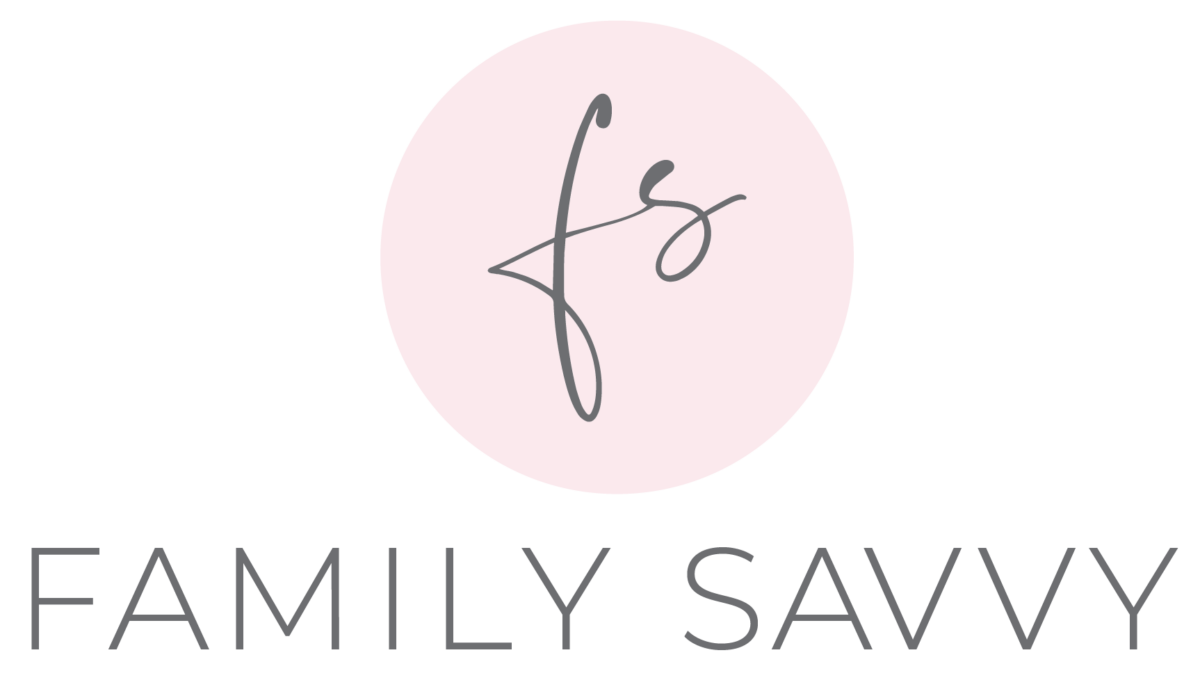Put Your Money Where The Wrinkles Are: StriVectin Or Prescription Products?
During a recent trip to a department store, I saw this StriVectin ad placed prominently in the cosmetics aisle. Since I frequently ask Dr. Herzog her medical opinion on various products, I snapped a photo of the ad and sent it to her with the following question:
I’d like the scoop on this product. Do you think that it is worth the hefty price tag? Are there other products that can achieve the same results at less cost?
Dr. Jo Herzog
Strivectin started out with a product that was a cream that was advertised as “Better than Botox?” I don’t guess that it was, as they have come out with all sorts of new creams since then. The one that you are currently displaying is a Retinol cream that is supposed to improve the texture and quality of the skin.
The company seems to claim that adding Nicotinic Acid to their products helps them cross the skin barrier. The big question, however, is what the activity of retinol is as compared to other products that are similar or lower in price and make some of the same claims. We will look at retinol (found in StriVectin) as compared to Retin-A (found in various prescription retinoids that vary in price range).
Retinol is a form of Vitamin A as is Retin A (tretinoin= retinoic acid). This is the way in which the two are related. However, the two are quite different and should not be used interchangeably, which is what I believe happens most often in the minds of the uneducated consumer.
Retinol does not possess any direct activity when applied to the skin. This chemical has to be converted to retinoic acid to then be of any use. This conversion is unreliable and varies from person to person and with time. When converted to retinoic acid, it does help reduce fine lines and wrinkles.
Retin-A (tretinoin) does this directly and needs no conversion. It is the finished product. Therefore, when using tretinoin, you can rely on its availability and functionality to the skin. Because you will respond more fully to the final drug product, you are likely to get a little more of the side effects.
Retinol products are promoted as being preferable to Retin-A (tretinoin) and other retinoids because they create fewer side effects. The less that they are converted to available product the less will be the side effects and the less useful they will be. When we increase the concentration or try to increase availability of Retinol, we also increase the side effects.
Take home message? True Retinoic Acid products (i.e. Retin-A and Renova) will perform better and more reliably than will Retinol products (of low to high concentrations) at eliminating fine lines and wrinkles and firming the skin. If a Retinoic acid product causes irritation (redness, peeling , burning), you can simply decrease the amount and frequency of use until your skin adjusts to it. You can also wait a couple of hours after washing your face to apply the product.
Some retinol products are much less expensive than tretinoin ($50 for 0.05% gel in my office), but the one in StriVectin is quite highly priced. The bottom line is that I would use what I consider “the real thing” (a form of Retin-A) if I could tolerate it (most people can if correctly used). For those that can not tolerate tretinoin, a retinol might be the choice for them if they don’t mind the hefty price tag.







Thank you so much; I am glad this was helpful!
Very helpful information…thanks for the detailed explanation!
I used prescription Retin A for over a year and it seemed to make my wrinkles worse.No improvement whatsoever.
Ive heard that strivection uses a preservative that is hard on your internal organs, can you comment on this please
Thank you
Kim